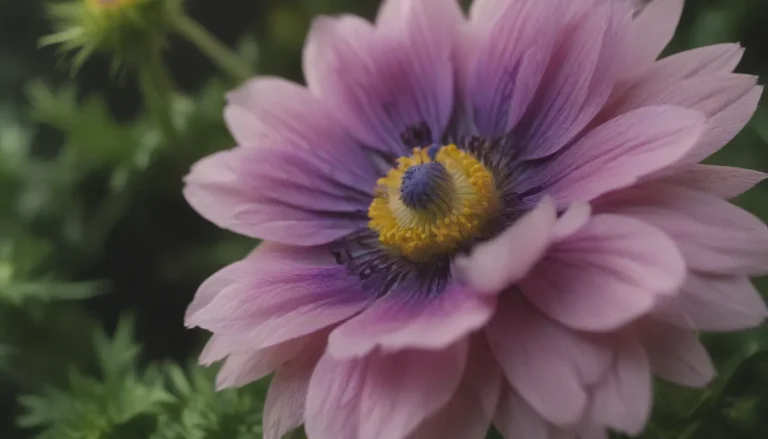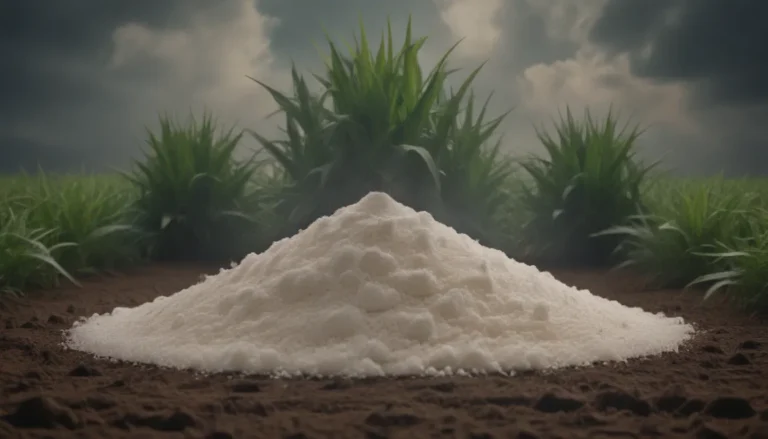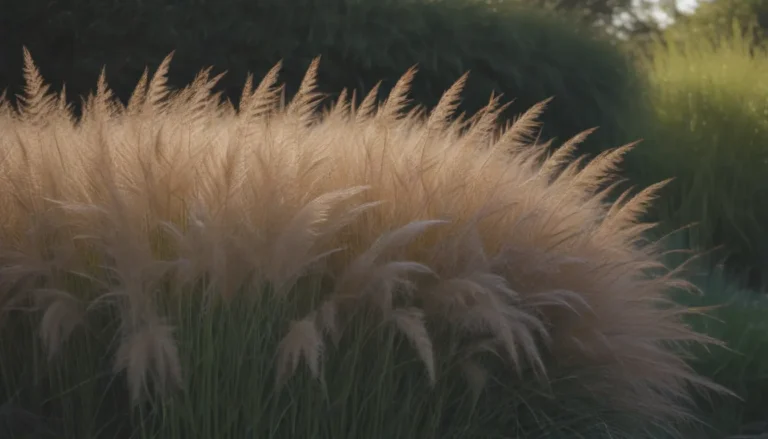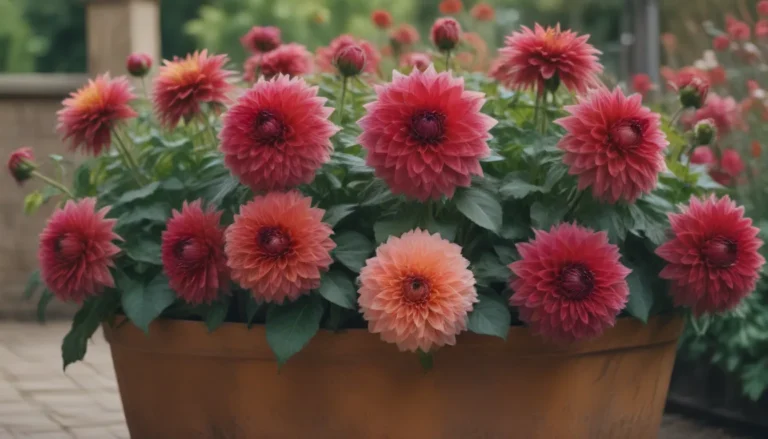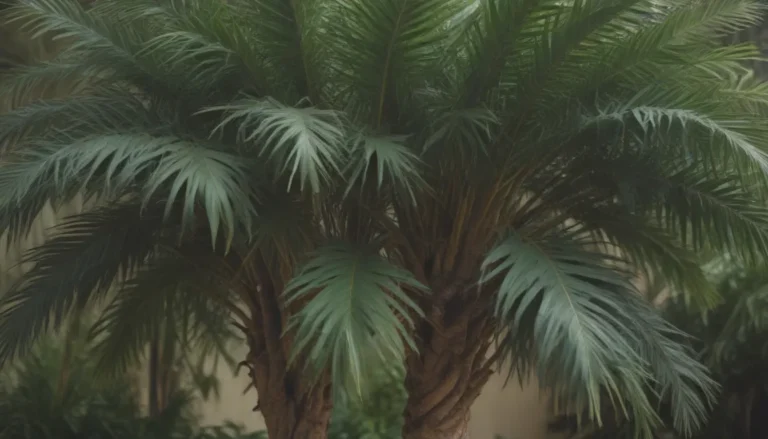Ultimate Guide to Pepper Plant Spacing: Maximizing Your Harvest
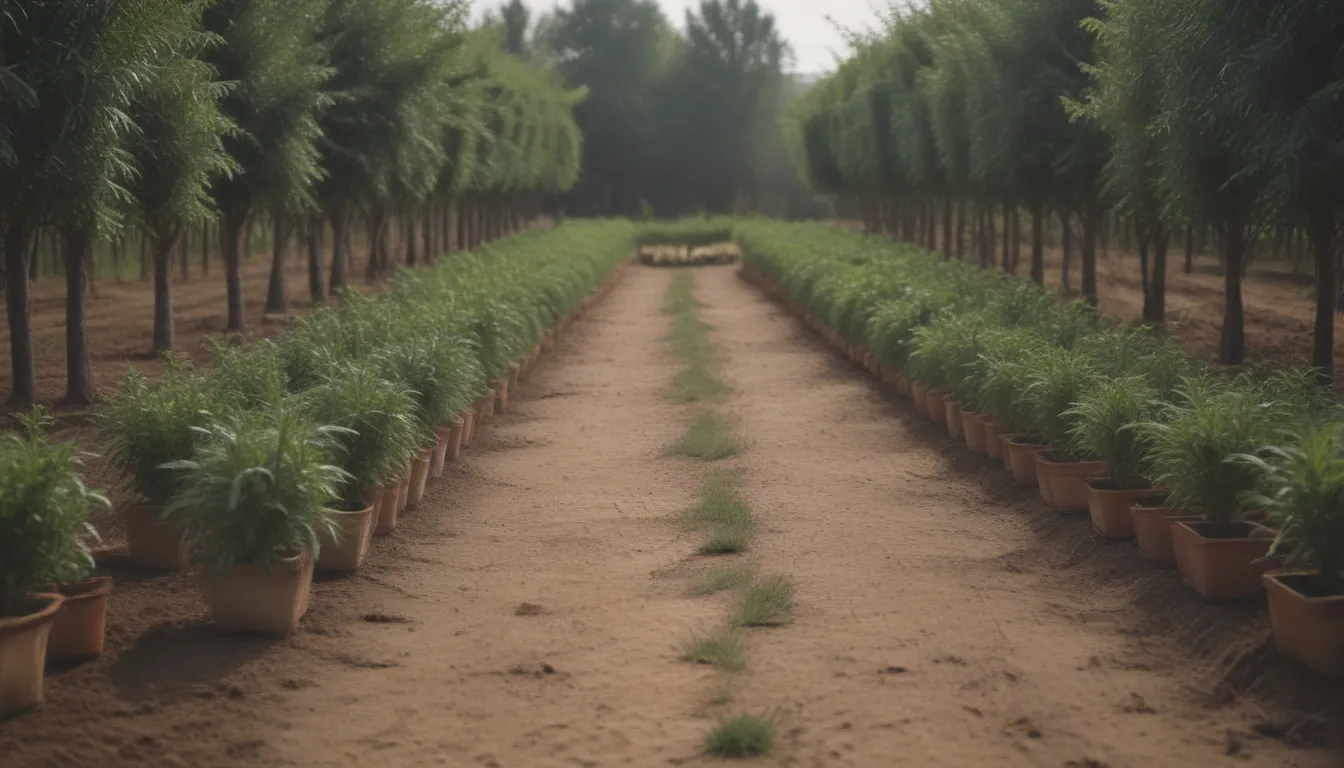
Welcome to the ultimate guide to pepper plant spacing! Growing peppers can be a rewarding experience, but it requires a little extra attention to detail, especially when it comes to proper plant spacing. In this article, we will delve into the importance of spacing out your pepper plants for optimal growth and productivity. From the types of peppers to different growing conditions, we’ll cover everything you need to know to ensure a successful pepper harvest.
Why Pepper Plant Spacing Matters
Proper spacing is crucial for the overall health and productivity of your pepper plants. Without adequate space, your plants are more susceptible to insect pests and diseases, which can quickly spread throughout your crop. By giving each plant enough room to thrive, you can prevent issues such as fungal infections, pepper weevils, and hornworms.
In addition to pest control, spacing your pepper plants correctly allows for better air circulation, which is essential for varieties with dense foliage. This can help prevent fungal and bacterial infections that thrive in high humidity and constant moisture. Plants that grow tall with heavy fruit sets may also require additional support to keep their fruits off the ground and avoid disease and rot.
Tip
If you plan to save seed from pepper plants, be sure to isolate varieties to prevent cross-pollination and maintain seed purity for the following year.
How Far Apart to Space Pepper Plants
When determining the spacing for your pepper plants, consider factors such as mature height, width, growing conditions, and variety. Longer growing seasons, fertilizing, watering, sunlight exposure, and disease resistance can all impact how much space each plant needs to thrive.
Whether you’re planting in the garden, raised beds, or containers, there are specific spacing techniques to follow for optimal growth.
Spacing Pepper Plants in the Garden
Seed packets and plant tags typically provide information on the height, spread, and recommended spacing for pepper plants. When planting in rows in the garden, ensure adequate space between plants to allow for proper air circulation and easy access for maintenance.
Spacing Pepper Plants in a Raised Bed
In a raised bed, peppers should be spaced similarly to plants in the ground. However, you can maximize space by planting in a grid or diamond pattern, reducing the distance between rows while still giving each plant room to grow.
Spacing Pepper Plants in Containers
Peppers are well-suited for container gardening. A deep 2-gallon container is suitable for a single plant, while a 5-gallon pot can accommodate two plants, depending on the variety. Pay attention to soil quality, watering frequency, and fertilization to ensure successful container growth.
Best Spacing For Different Types of Pepper Plants
When spacing your pepper plants, consider the specific needs of different varieties:
-
Sweet bell, jalapeno, anaheim, and cayenne peppers: These peppers generally require a minimum of 18 inches between plants and 2 1/2 to 3 feet between rows.
-
Banana and bullhorn peppers: Avoid planting these peppers 12 inches apart to prevent issues with air circulation, nutrient deficiency, and pest infestations.
-
Chile peppers with smaller fruits: Give these plants adequate space to thrive and produce a bountiful harvest.
It’s essential to avoid planting pepper plants too close together, as this can lead to various problems, including poor air circulation, nutrient deficiency, disease, and pests. By following recommended spacing guidelines, you can ensure healthy growth and maximize your pepper harvest.
In conclusion, proper spacing is key to successful pepper plant growth. By considering factors such as variety, growing conditions, and planting method, you can create an optimal environment for your pepper plants to thrive. With the right spacing, you’ll not only prevent issues with pests and diseases but also enjoy a bountiful harvest of flavorful peppers. So, give your pepper plants the space they need to flourish and reap the rewards of a successful pepper garden!
